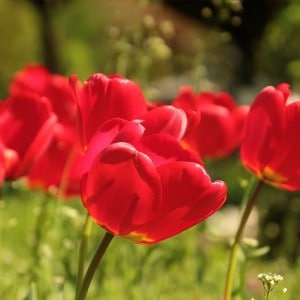Hay fever is an allergy to pollen. Symptoms include sneezing, a runny nose, itchy eyes and sometimes inflammation of the sinuses, affecting 10 million in the UK.
Source: Hay fever @ NHS Choices
Video
Read more
- Hay Fever @ Patient.co.uk
Excerpt: Pollen is the name given to the fine powder that is produced by plants, trees or flowers to fertilise other plants, trees or flowers of the same species. Strictly speaking, hay fever is caused by an allergy to grass or hay pollens. Grass pollen is the most common cause and tends to affect people every year in the grass pollen season from about May to July (late spring to early summer). However, the term is often used when allergies are caused by other pollens such as tree pollens. Tree pollens tend to affect people from March to May (early to late spring) each year. Other people may be allergic to weed pollens (including nettles and docks). Weeds tend to pollinate from early spring to early autumn.
- Allergic rhinitis @ Wikipedia
Excerpt: Allergic rhinitis is an allergic inflammation of the nasal airways. It occurs when an allergen, such as pollen, dust or animal dander (particles of shed skin and hair) is inhaled by an individual with a sensitized immune system. In such individuals, the allergen triggers the production of the antibody immunoglobulin E (IgE), which binds to mast cells and basophils containing histamine. When caused by pollens of any plants, it is called pollinosis, and if specifically caused by grass pollens, it is known as hay fever. Hay fever isn’t caused by hay and does not exhibit symptoms of fever, but since grasses shed their pollens into the air at about the same time that hay is being cut, the common term hay fever is used.
image by LoggaWiggler under CC0 license




